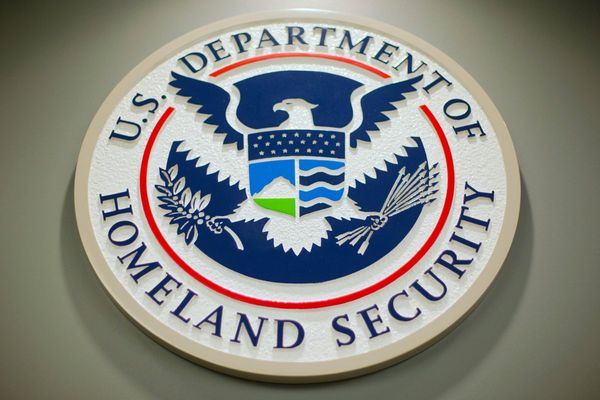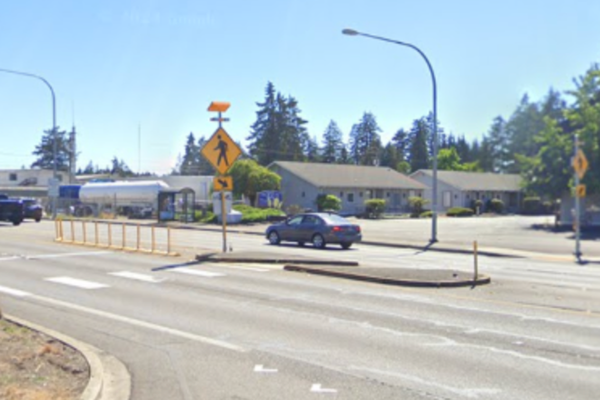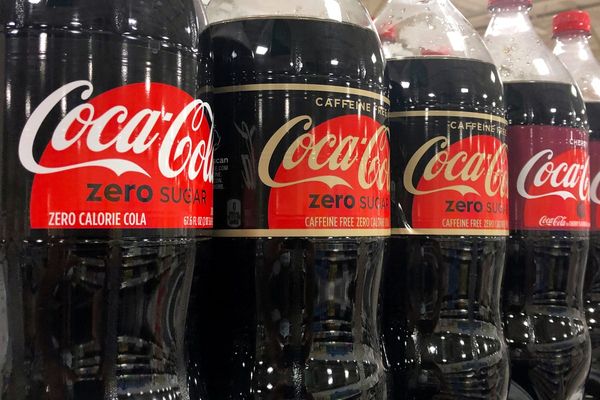
The Indian prime minister, Narendra Modi, will land in China this weekend for his first visit in seven years – a trip that puts him in the company of the Chinese president, Xi Jinping, and the Russian president, Vladimir Putin, just as India’s ties with Washington have soured.
Modi’s visit to Tianjin for a regional security summit comes days after the US doubled tariffs on Indian exports to 50%, citing New Delhi’s refusal to stop buying Russian oil.
The row has upended years of deepening cooperation between India and the US, built on technology and a shared determination to counter Beijing’s global ambitions. It has also forced India to aggressively look elsewhere to diversify its trade.
“Indian trust in the US is shattered,” the South Asia analyst Michael Kugelman said. “I’m not sure whether US officials fully realise how much trust they have squandered in such a short time.”
For China, the two-day Shanghai Cooperation Organisation summit that starts on Sunday could not be better timed. Modi “will be in China at a moment when India-China relations are stabilising and India-US relations have gone south. It is a powerful optic,” Kugelman said.
“No doubt there are some in China who are revelling in the trade tensions between India and the US,” said Manoj Kewalramani, the head of Indo-Pacific studies at the Takshashila Institution in Bengaluru.
Putin would want to “capitalise on the moment by reasserting Russia’s close relationship with India”, Kugelman said, adding that it would be “a great moment for everyone to stick out their tongues at Washington”.
Washington has pointed to India’s continuing purchases of Russian crude oil and defence hardware as the reason for the tariff increase, arguing that Delhi is helping fund Moscow’s war on Ukraine.
As Modi began his trip, Donald Trump’s trade adviser Peter Navarro stepped up his attack on India, claiming on X that the country had become an “oil money laundromat for the Kremlin”.
India has consistently defended its Russian oil purchases, saying they are vital to keep energy costs stable in the vast developing economy, help steady prices globally and comply with international law. Modi has tried to strike a balance over the Ukraine war, refusing to criticise Moscow directly while urging peace.
The economic blow of the tariffs is immense. The US is India’s biggest export market at $86.5bn a year, and two-thirds of that – about $60.2bn in goods – is subject to the new duties, hitting labour-intensive sectors from textiles to jewellery.
Even before the tariffs, India had been cautiously warming to China as a source of investment and technology and in hopes of boosting trade.
Relations froze after a deadly clash along their disputed Himalayan border in 2020 but began to thaw when Modi and Xi met in person for the first time in four years at a Brics summit in Russia in October. Now, “the US-India crisis has given Modi good cause to accelerate efforts to ease tensions”, Kugelman said.
Modi is expected to meet Xi on the sidelines of the regional summit, with trade and investment high on the agenda.
“An effort is under way to see if India and China can reach some sort of new equilibrium,” Kewalramani said. “Both recognise that the world order is in flux. Neither is likely to decisively manage all the frictions but there’s at least a process of trying to grow the relationship.”
“Historical mistrust will remain,” he added, pointing to their contested frontier that China continues to reinforce with new roads, railways and settlements. “But if Delhi and Beijing can create a measure of stability and predictability, without expecting structural breakthroughs, there are practical gains to be had.”
Russia, too, stands to benefit from India’s rift with the US, with Delhi seeing the relationship as more vital than ever for balancing ties with the west, diversifying military hardware purchases and ensuring energy security.
For Modi, the photos of him standing alongside Xi and Putin at the summit “will send a pointed message to Washington”, a retired Indian diplomat said.
Indian officials stress Delhi wishes to continue its ties with the US, but also needs to “diversify its partnerships”. India cannot “afford to appear as though it is giving in to US pressure on oil imports, or anything else that could be construed as a capitulation – and public anger is high”, said one official who could not be named.
On Thursday, the Indian government fired its first shot to offset the US tariffs, rolling out an export drive across 40 countries from the UK to South Korea to boost its textile trade.
Before heading to China, Modi travelled to Tokyo for the annual India-Japan summit, where he met the Japanese prime minister, Shigeru Ishiba. The trip takes on added weight in light of the US tariffs, as by deepening defence, technology and investment ties with Japan, India signals it can cushion the blow of lost US market access.
Japanese companies are also set to invest up to ¥10tn ($68bn) in India in the next decade, public broadcaster NHK said, as Suzuki Motor pledged to pump in about $8bn (£6bn) over the next five to six years.
The two nations were partners “made for each other”, Modi said this week, after visiting a Suzuki plant in India. The leaders are expected to discuss tie-ups on critical minerals and Japanese investments in high-value manufacturing in India, officials said.
India is believed to hold substantial deposits of rare earths – used in everything from smartphones to solar panels – but lacks the technology to mine and process them extensively.
With Reuters







